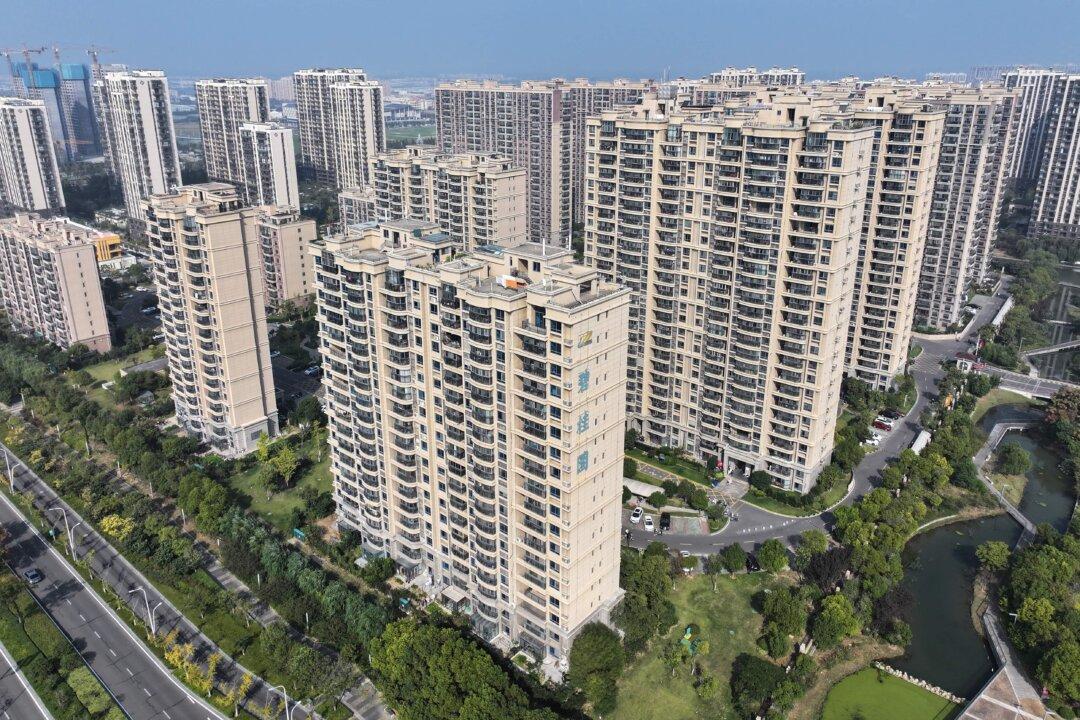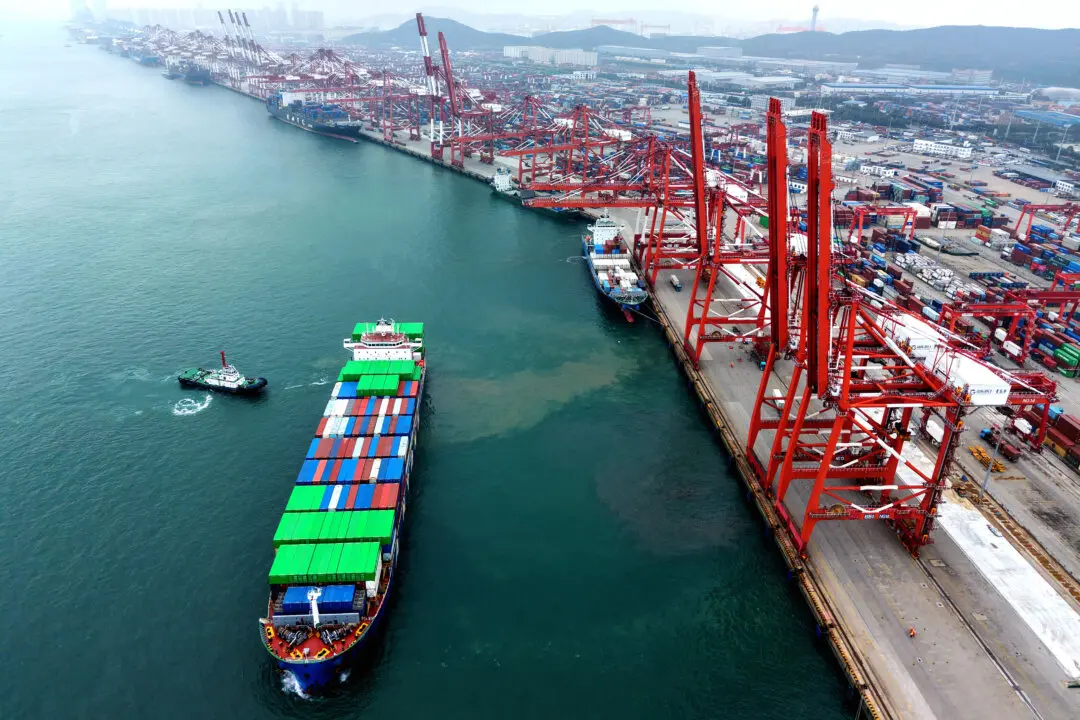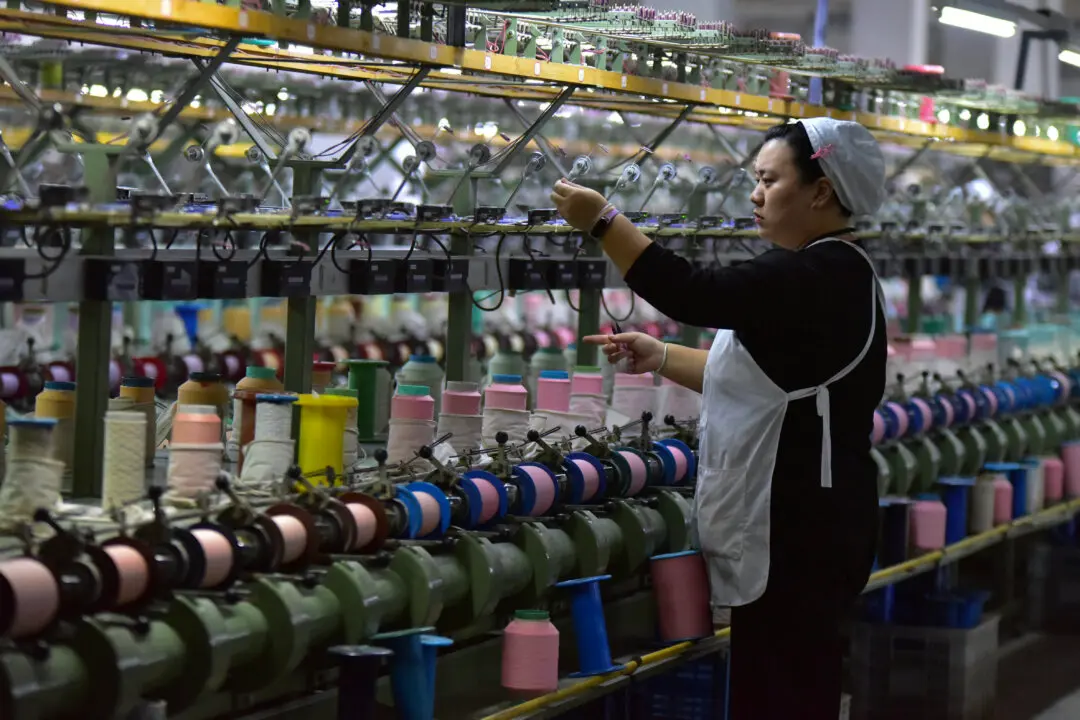Commentary
Xi Jinping reached far beyond his predecessors to assert Chinese power on a global stage—economically, diplomatically, and militarily—and did so aggressively. He managed some successes but, in the process, also managed to turn Western and Japanese goodwill into distrust and hostility.





